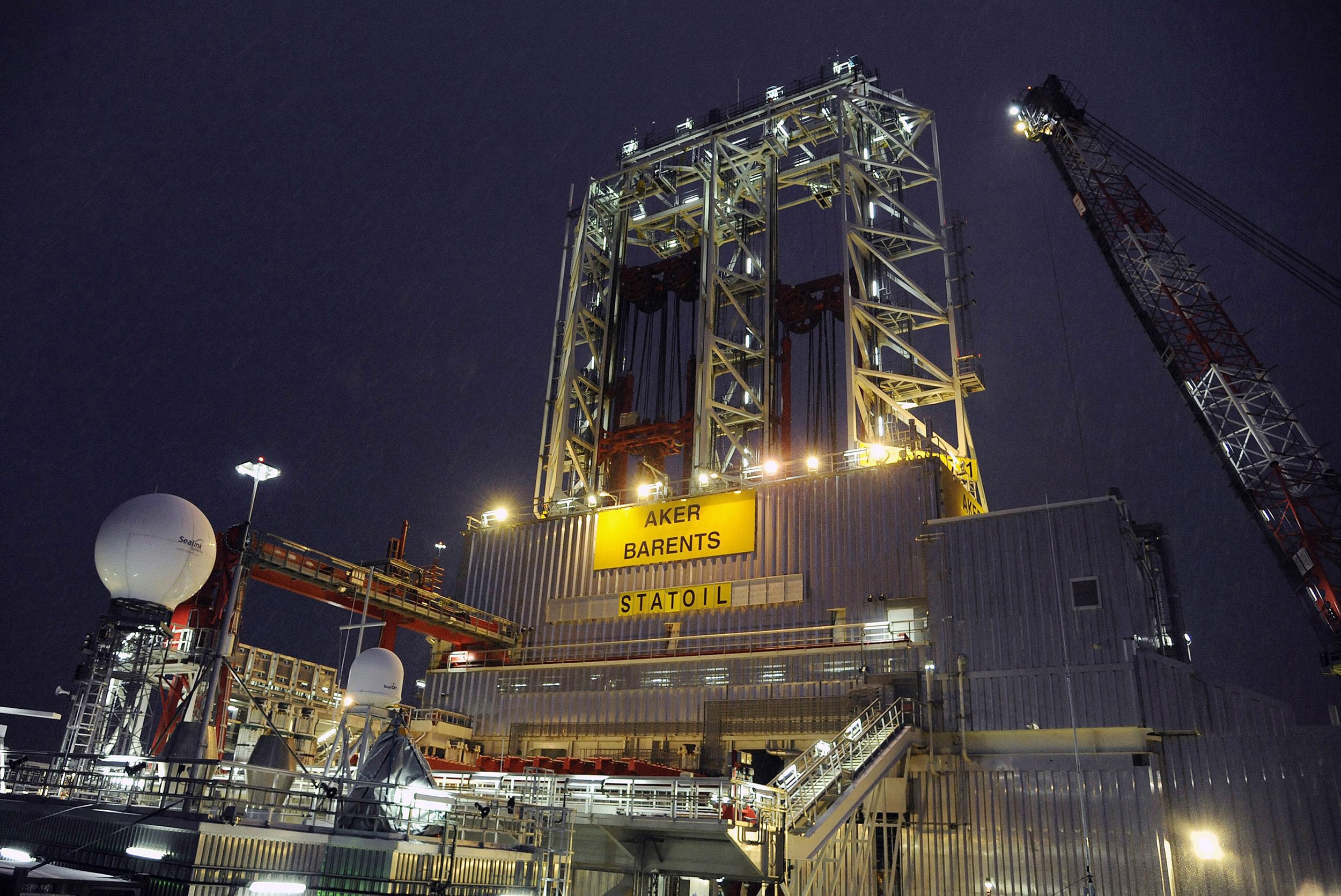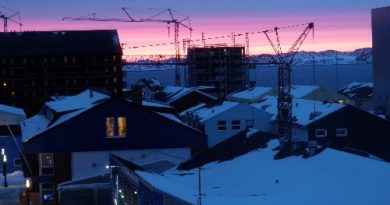Statoil ends disappointing Arctic campaign

Statoil has completed its extensive 2013-2014 exploration program in the Barents Sea, with fewer commercial discoveries than the company had originally anticipated.
“Exploring in the Barents Sea is not a sprint, but a marathon. It is about long-term thinking, stamina and systematic building of knowledge, says Irene Rummelhoff, senior vice president for exploration on the Norwegian continental shelf. “I see our 2013-2014 exploration program as an important building block for the future of Barents Sea exploration.”
“It has been argued that the exploration program has had limited success. Indeed, we have made fewer commercial discoveries than we had hoped for. However, there are a number of things that I take pride in. We have tested a great variety of geological plays in frontier areas and dramatically increased our knowledge with the huge amount of subsurface data we have collected. We have also demonstrated that we can operate in a safe and efficient manner in the remote parts of the Barents Sea,” Rummelhoff says in a press release.
The campaign accounted for 10 percent of all exploration wells drilled in the Barents Sea since its opening in 1980.
The exploration program started with five wells in the vicinity of Johan Castberg. These wells were critical to clarify the oil potential in the area in order to plan the development of the Johan Castberg field. The oil discovery in Drivis will be developed as a part of the Johan Castberg project, Statoil says.
Hoop area wells
The three wells drilled in the Hoop area during the summer allowed to build important knowledge of this huge frontier area of the Barents Sea. Statoilhas confirmed a working petroleum system in Hoop, but need to work further to understand the migration and where the oil has accumulated.
The Hoop wells were the northernmost wells ever drilled on the Norwegian Continental Shelf, over 300 kilometers from shore. These wells provided a lot of new learning when it comes to exploring remote northern areas and solving logistical and operational challenges related to it. The company developed an ice management plan that it intends to utilize in the future, namely following the 23rd concession round.
The last part of the exploration programme was designed to increase our understanding of the petroleum potential in different areas of the Barents Sea – the Finnmark platform, the Bjørnøya basin north of Johan Castberg, and the Nordkapp basin. We tested a number of new geological play models, and the Pingvin well northwest of Johan Castberg was a play-opener proving both hydrocarbons and a reservoir in a new unexplored area of the Barents Sea.
The exploration programme overall has been very efficient, especially the last seven wells drilled by the Transocean Spitsbergen drilling rig. These wells were drilled 40% faster than industry average for the Barents Sea, enabling two more wells than originally planned for to be drilled.
Statoil’s focus next year will be to analyze the extensive data that have beencollected, interpret the 3D data from the joint seismic acquisition in the southeastern Barents Sea and decide on the way forward.
Related stories from around the North:
Asia: Full steam ahead for Asian icebreakers in the Arctic this summer, Blog by Mia Bennett
Canada: Canada ponders exceptions to relief well rule for Arctic oil drilling, Alaska Dispatch
Norway: No Norwegian services to Russian Arctic offshore oil, Barents Observer
Russia: Disappointing result in Rosneft’s first Norwegian well, Barents Observer
Sweden: Swedish icebreakers gear up for Arctic role, Radio Sweden
United States: Alaska ships its first oil to Asia in a decade, Blog by Mia Bennett, Cryopolitics



